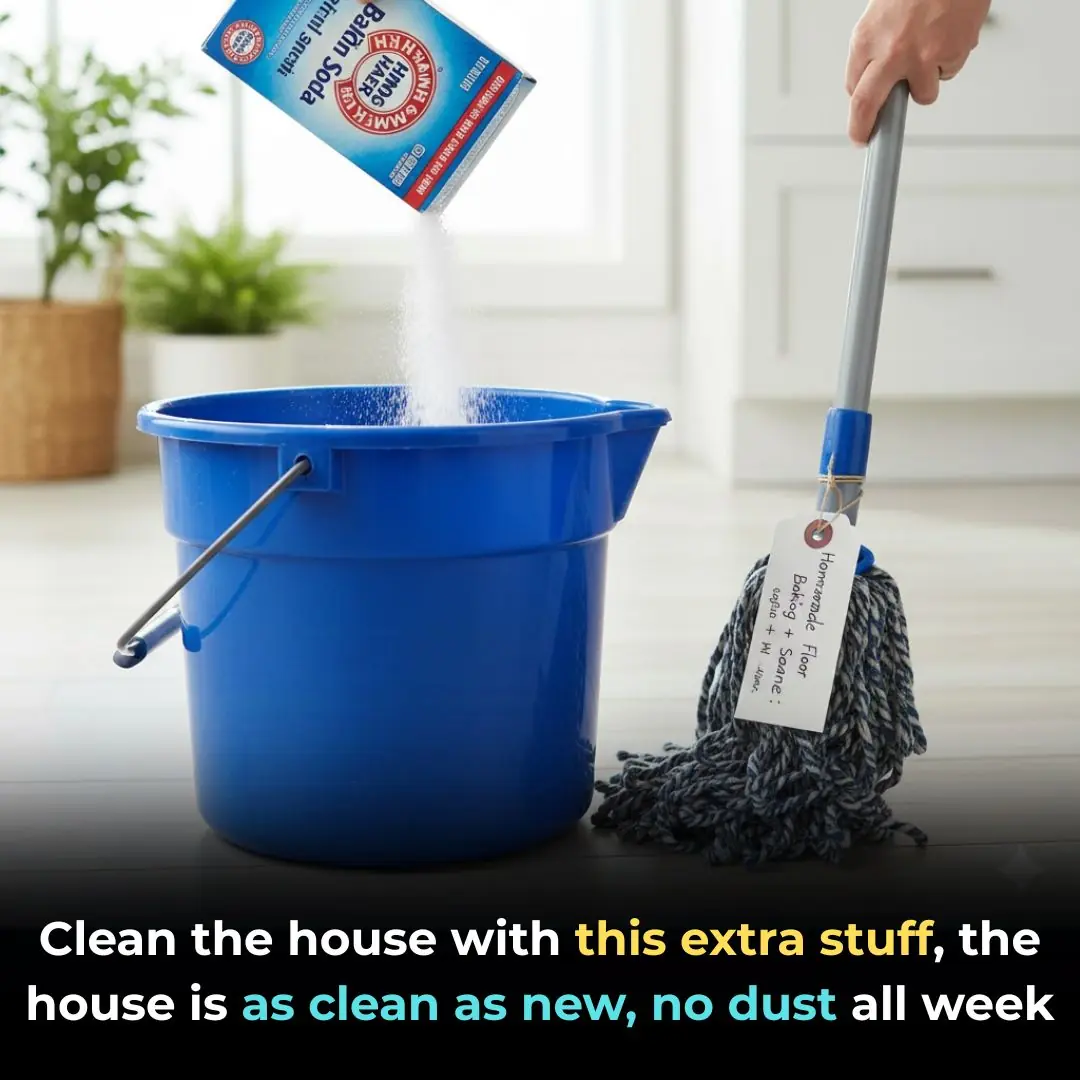
The pan has lost its non-stick coating, so don't throw it away
How to Make a Pan Non-Stick Again
Regular or non-stick pans often become sticky after a period of use, making it difficult to fry or sauté food. So, how can you make a pan non-stick again? Let’s take a look at some simple, practical, and effective tips below.
Nowadays, frying and sautéing have become much easier thanks to non-stick coatings on pans. However, once that coating wears off, everything sticks and your food can turn out messy and less appetizing. Try this simple trick — it guarantees that your food won’t fall apart, even when the non-stick layer is already damaged. With this tip, you can continue using your old pan for a bit longer.
A Simple Trick for a Worn-Out Non-Stick Pan
Most pots, pans, and non-stick cookware today are coated with Teflon (also known as polytetrafluoroethylene or PTFE). It’s a transparent material accidentally discovered in 1938 for military use. By 1951, Teflon had been used to coat metal cookware, creating a smooth, wax-like surface that’s easy to clean and highly convenient for cooking.
When applied correctly, the non-stick coating on cookware is not dangerous. Even if the coating flakes off, small pieces of Teflon that enter the body are harmless and pass through the digestive system. However, overheating your non-stick pan is another story. Scientists warn against using non-stick cookware for too long — ideally, no more than 2–3 years.
If you want to keep your non-stick pan in good condition (or avoid buying new ones too often), try this method — your fish and fried foods will never stick again.
Step-by-step:
-
Place your non-stick (or even regular) pan on the stove. Heat it until it’s completely dry and hot — you can test it by dropping a spoonful of water in. If the water sizzles and evaporates quickly, it’s ready.
-
Pour in some oil or lard and wait until it starts to bubble.
-
Add your eggs, fish, or other foods to fry as usual.
Tip: Always pat your fish dry before frying. If it’s wet, oil will splatter.
Tips for Using Non-Stick Pans Safely and Correctly
1. Wash the pan with coffee before first use
When you buy a new non-stick pan, clean it once with dish soap, then warm it up with a small amount of coffee. Rinse well afterward.
This not only removes surface dust but also eliminates the unpleasant smell from the new coating.
2. Add oil before heating the pan
Always pour oil into a dry pan before heating it. Adding oil after the pan is hot can damage the non-stick layer and release harmful substances. It also reduces the pan’s lifespan.
When stir-frying, try using less oil to reduce fat intake and keep your family healthy. You can even fry eggs or toast bread directly on the pan without oil or butter.
3. Cook at low or medium heat
Avoid using high heat, as it can break down the non-stick coating and release toxic fumes. Always cook on low or medium heat and reduce the temperature if the pan starts to smoke. This helps prolong the life of the coating.
4. Don’t use non-stick pans for baking or braising
Using a non-stick pan for high-heat dishes like roasting or braising can quickly damage the coating. Stick to frying or sautéing to keep your pan in good condition.
5. Never use non-stick pans in the oven
Manufacturers warn that non-stick pans are not designed for oven use. High oven temperatures can cause the coating to peel off and contaminate your food.
6. Don’t add salt or fish sauce directly to the hot pan
Adding seasonings like salt or fish sauce directly to a hot non-stick pan can create tiny pits on the surface, reducing its non-stick ability and lifespan.
Also, avoid storing food in the pan after cooking — prolonged contact with food can damage the coating.
7. Avoid metal utensils
Do not use knives, forks, metal spatulas, or tongs on non-stick surfaces. Instead, use wooden or bamboo utensils and wash with a soft sponge to protect the coating.
8. Don’t overheat the pan before adding oil
Heating an empty pan too long can cause the coating to peel off. Only heat it until it’s dry, then add the oil.
9. Don’t scrub too hard when cleaning
Non-stick pans are easy to clean — just use the soft side of a sponge and gently wipe. Avoid harsh scrubbing, which can scratch or peel the coating and shorten the pan’s lifespan.
News in the same category

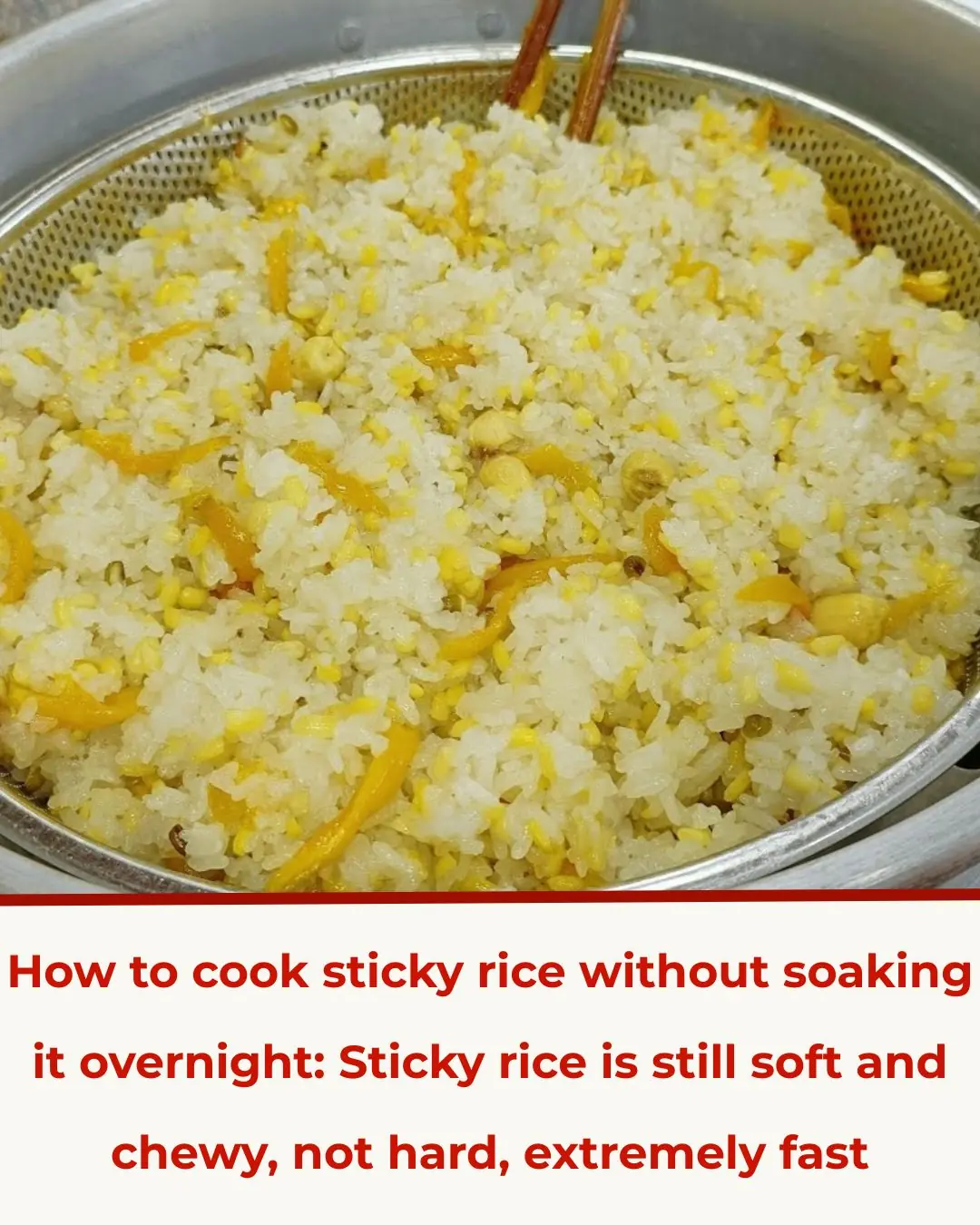
How to cook sticky rice without soaking the rice overnight

Boil green bananas this way

Why Flight Attendants Often Carry a Banana on Board: The Surprising Benefits
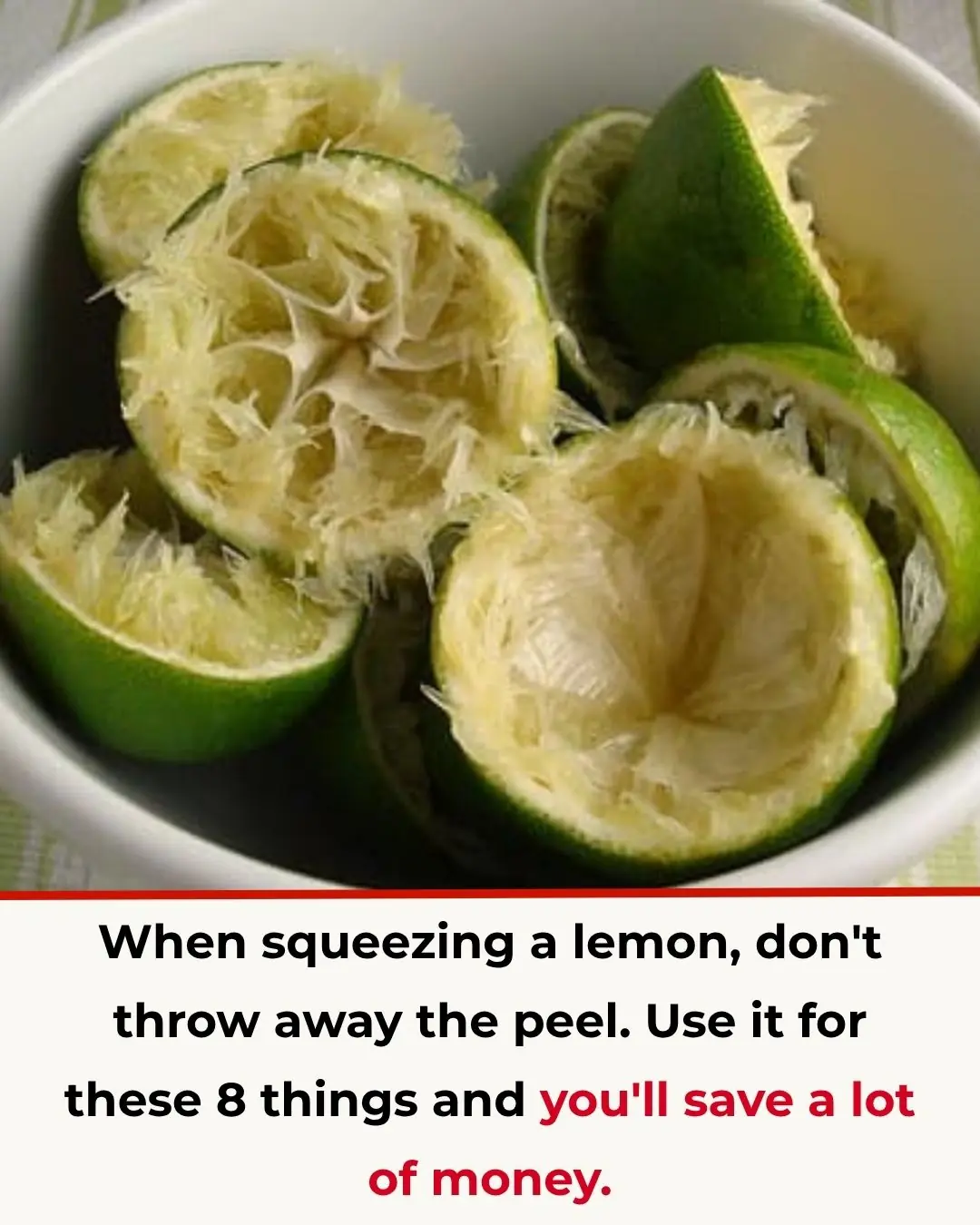
Don’t Toss Your Lemon Peels! 8 Smart Ways to Save Money and Make Life Easier

Why Sleeping in Socks Might Be the Secret to Better Sleep
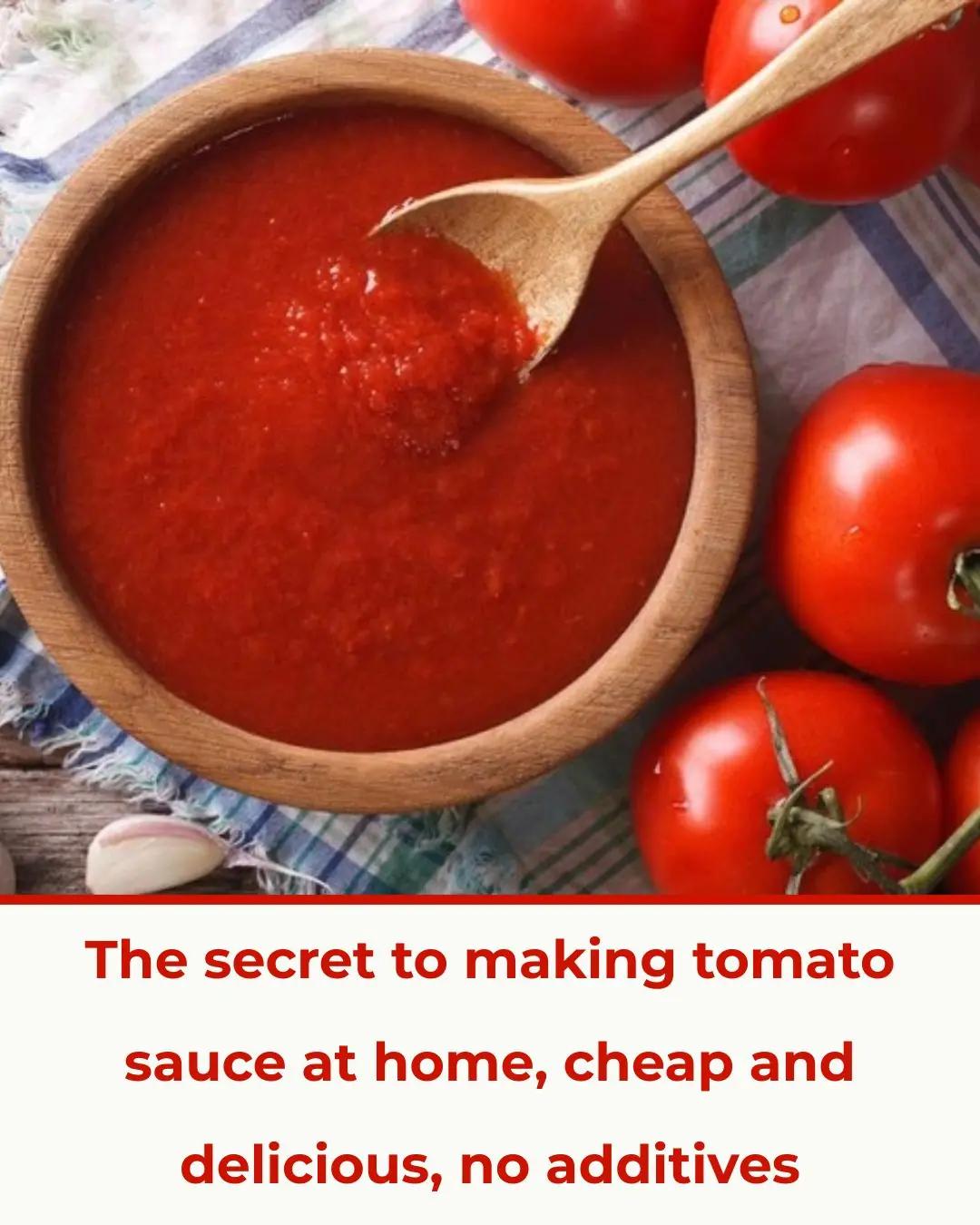
The secret to making your own tomato sauce at home

Throat Pain Leads to a Shocking Diagnosis: Man Discovers Late-Stage Stomach Cancer and Blames Two Hidden “Culprits” in His Kitchen

2 Signs of Kidney Damage: Morning Urine Showing These Signs Means You Should See a Doctor Immediately

Saw This Trick For Oven Cleaning
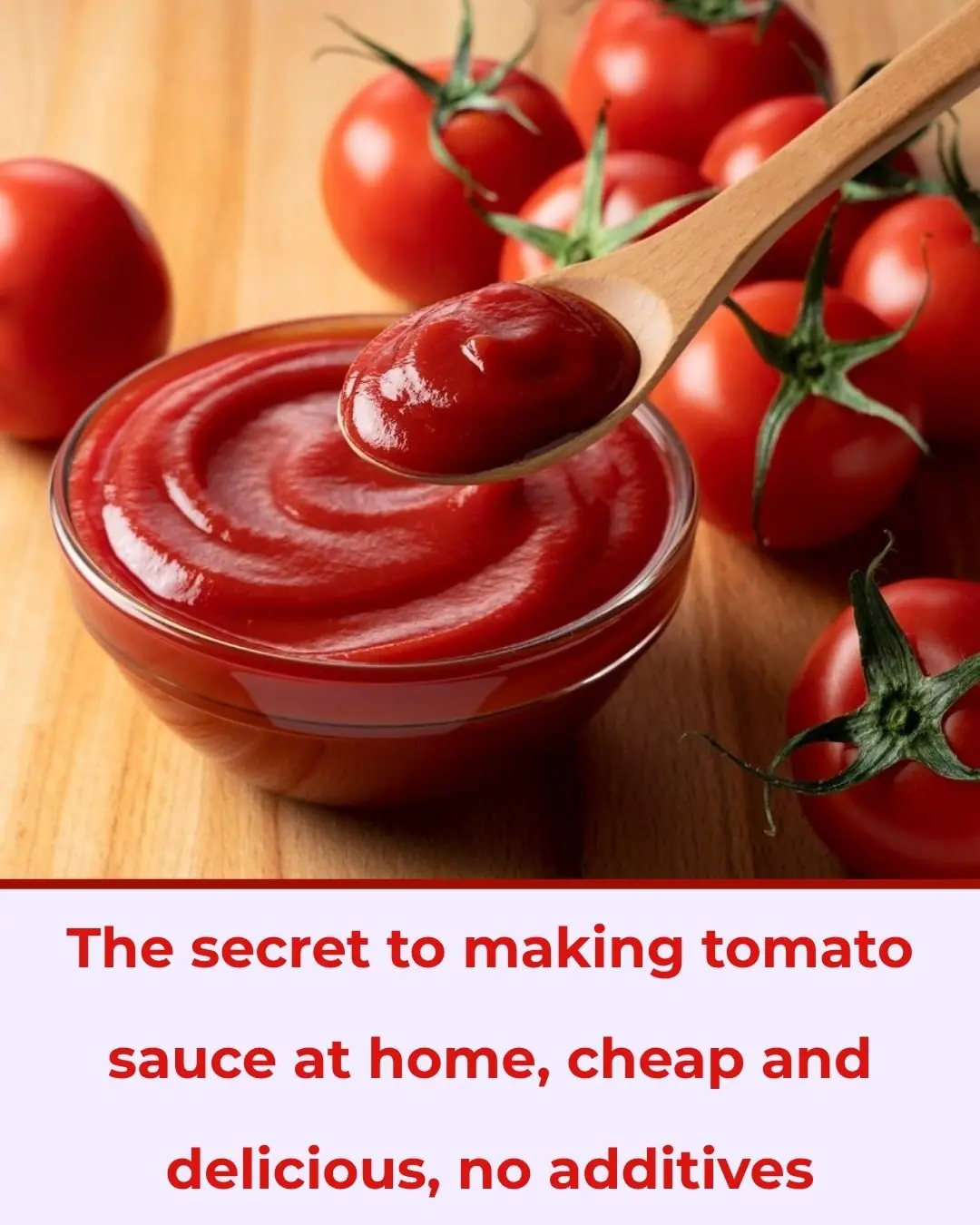
The secret to making tomato sauce at home, cheap and delicious, no additives

The garden has 4 plants. Rắn mê loves them so much, but if you want the whole family to be safe, you should pull them out immediately.

Stop cleaning with these 10 kitchen mistakes
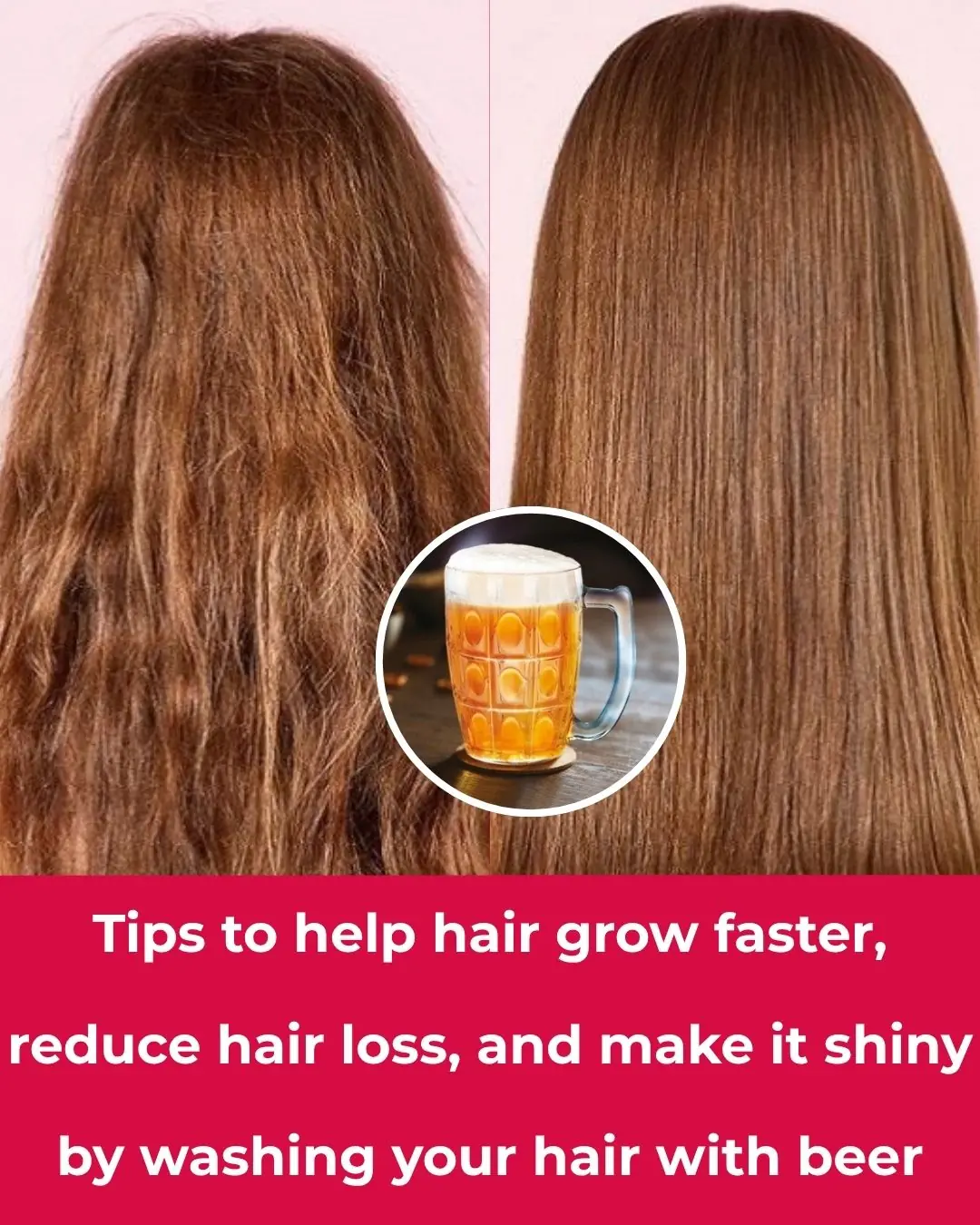
Tips to help hair grow faster, reduce hair loss, and make it shiny by washing your hair with beer
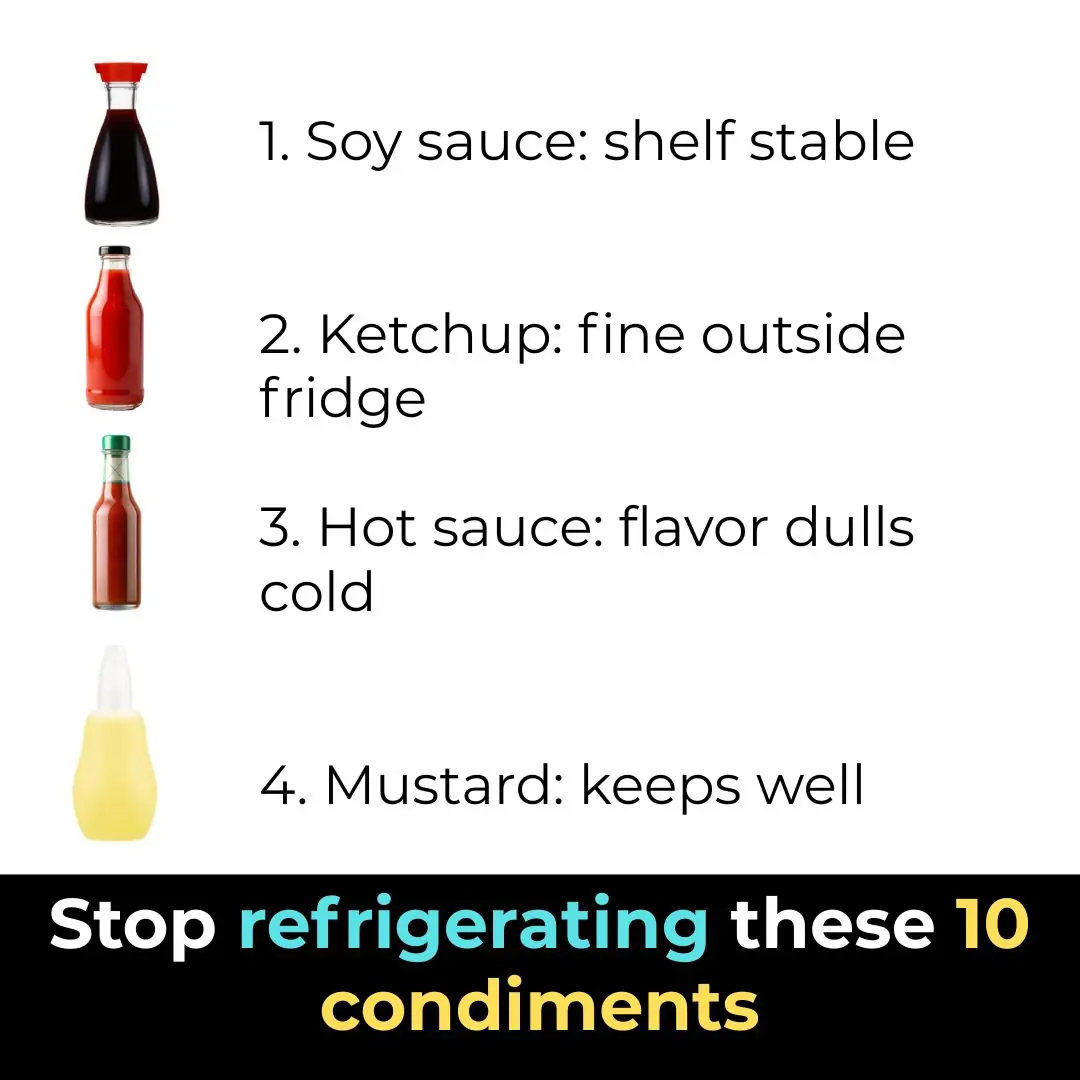
Stop refrigerating these 10 condiments

Put an empty plastic bottle in the washing machine, I admit the person who came up with this trick has a "top notch" IQ
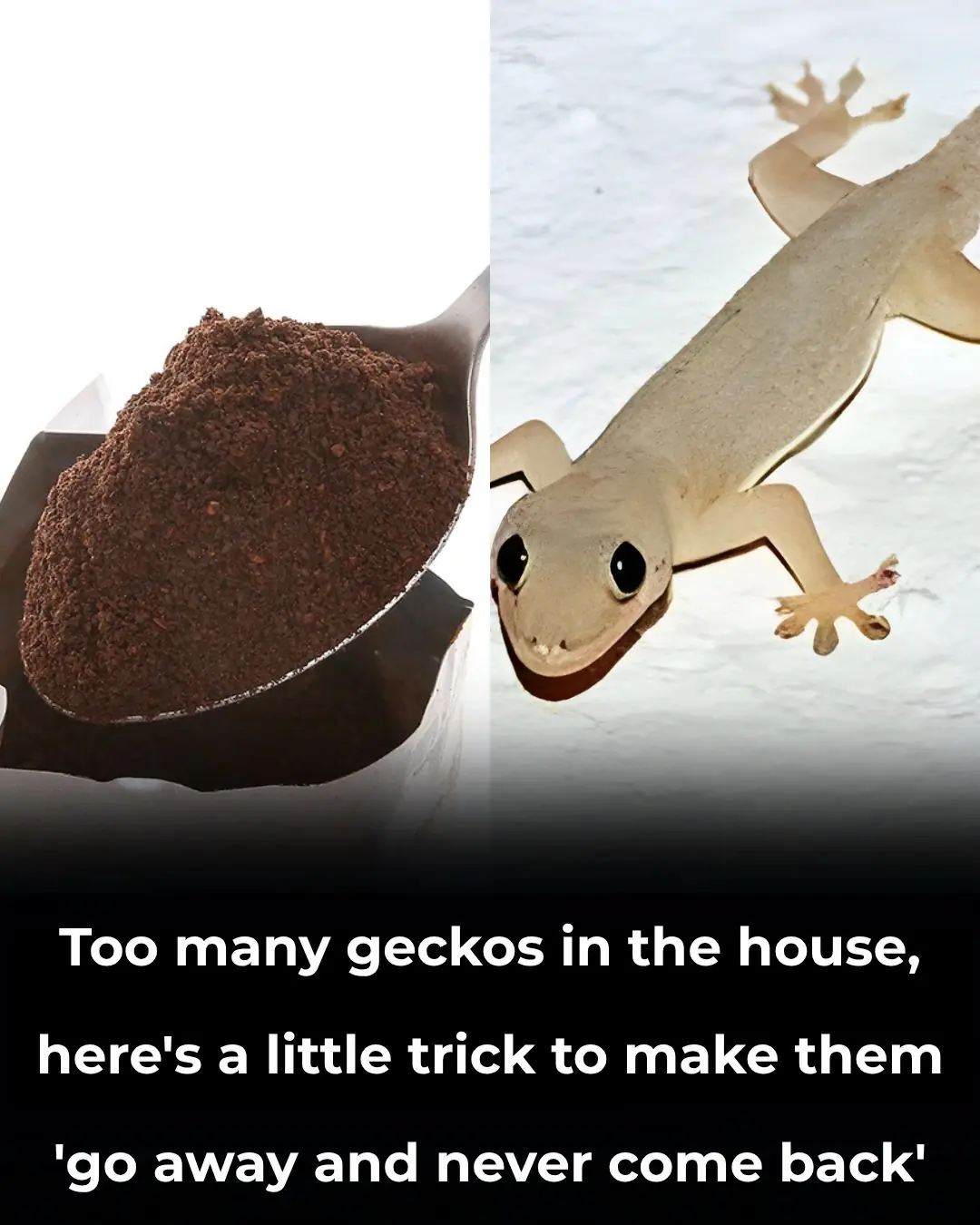
Too many geckos in the house, here's a little trick to make them 'go away and never come back'
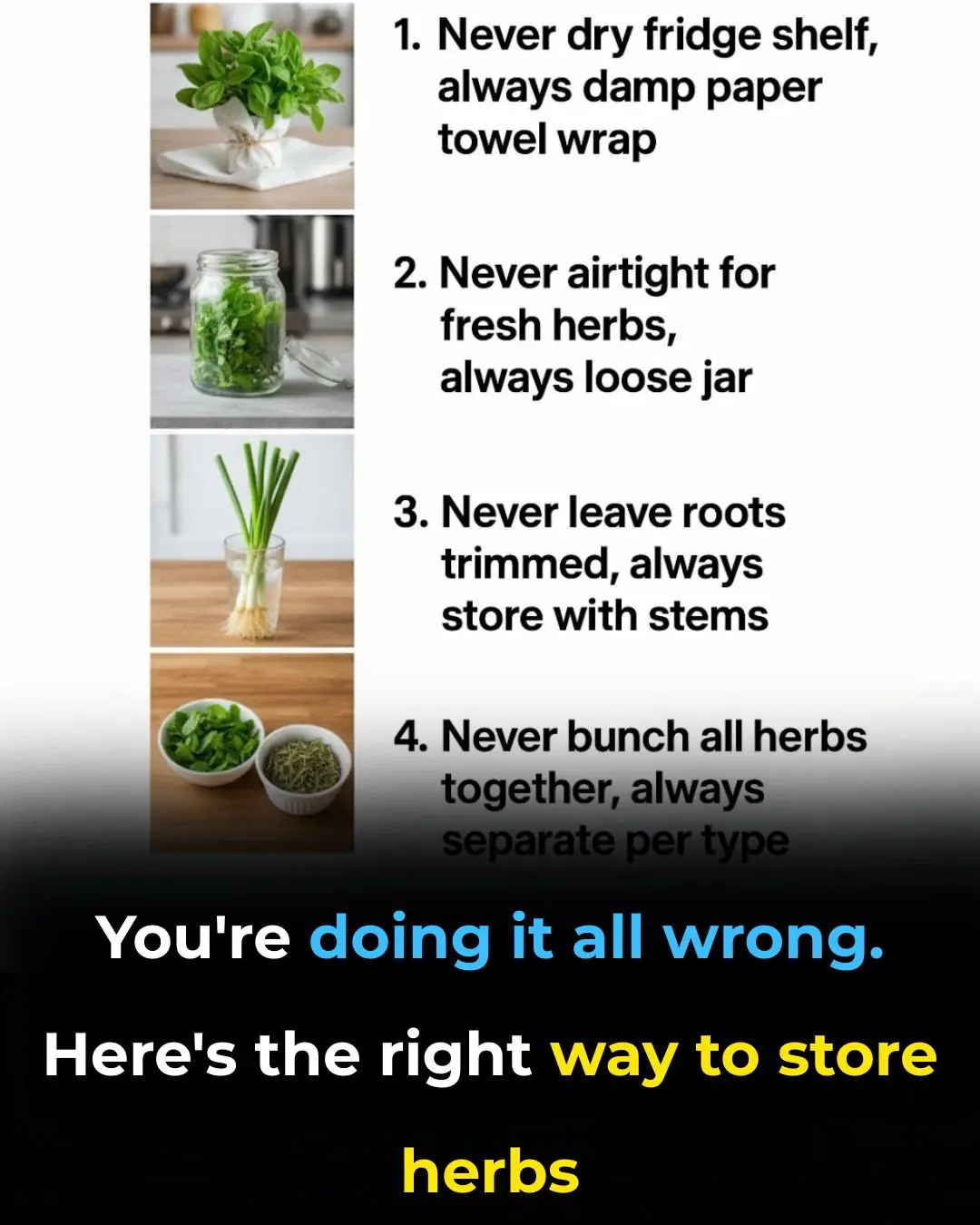
You're doing it all wrong. Here’s the right way to store herbs
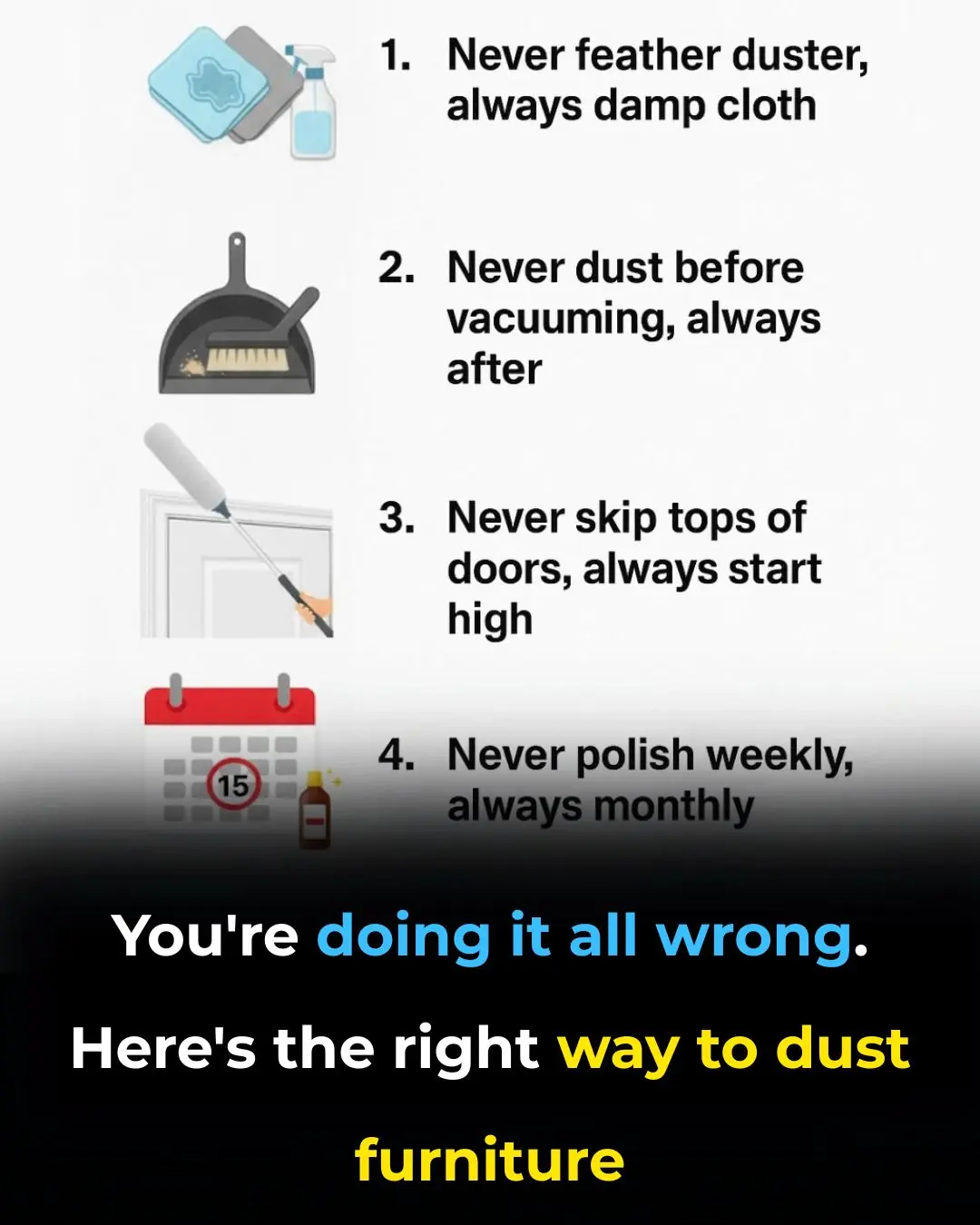
You’re doing it all wrong. Here’s the right way to dust furniture
News Post

The mop soaks this into the water.

4 Ways To Erase Age Spots with Baking Soda for Youthful Even Skin

How to cook sticky rice without soaking the rice overnight
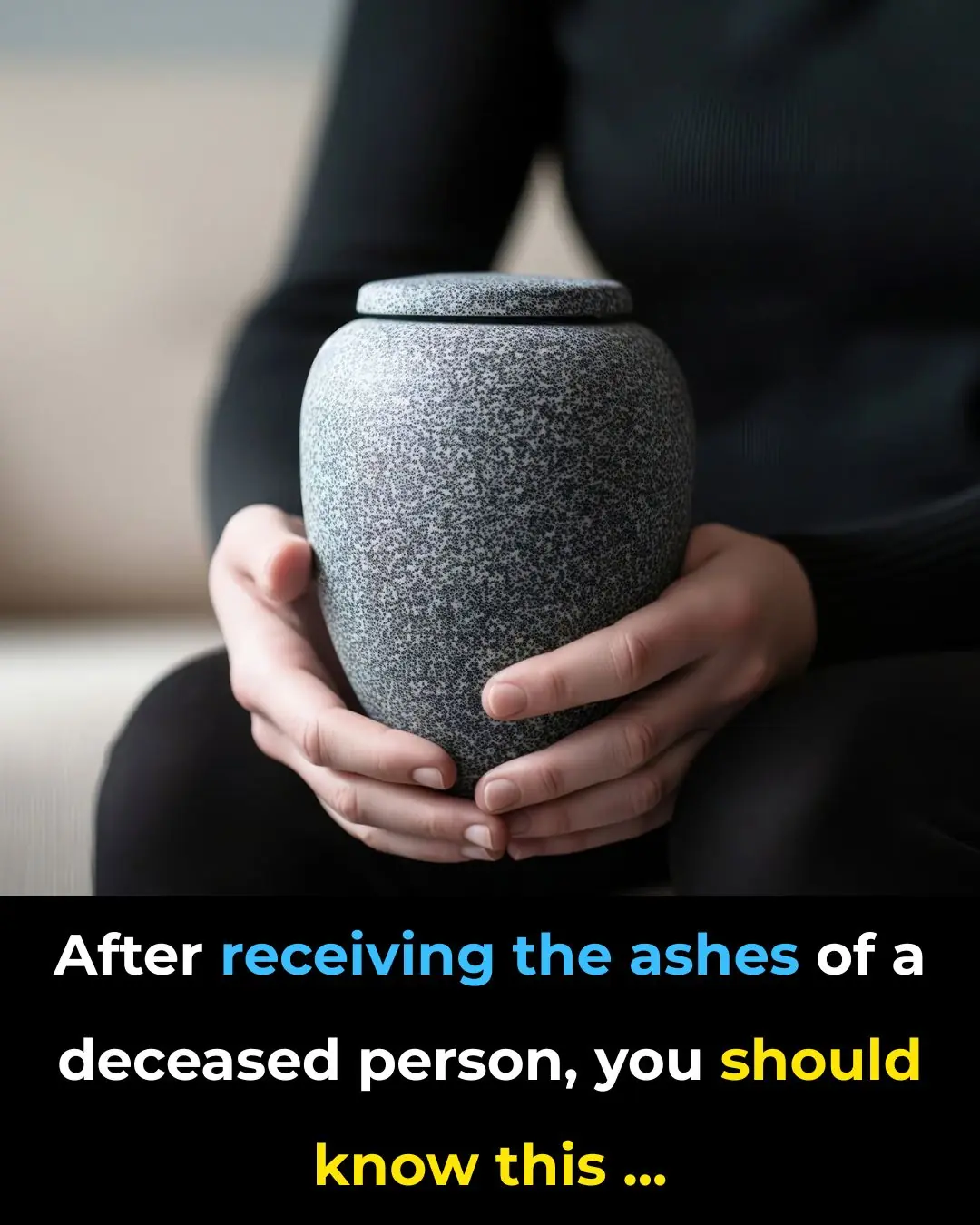
After receiving the ashes of a deceased person, you should know this...
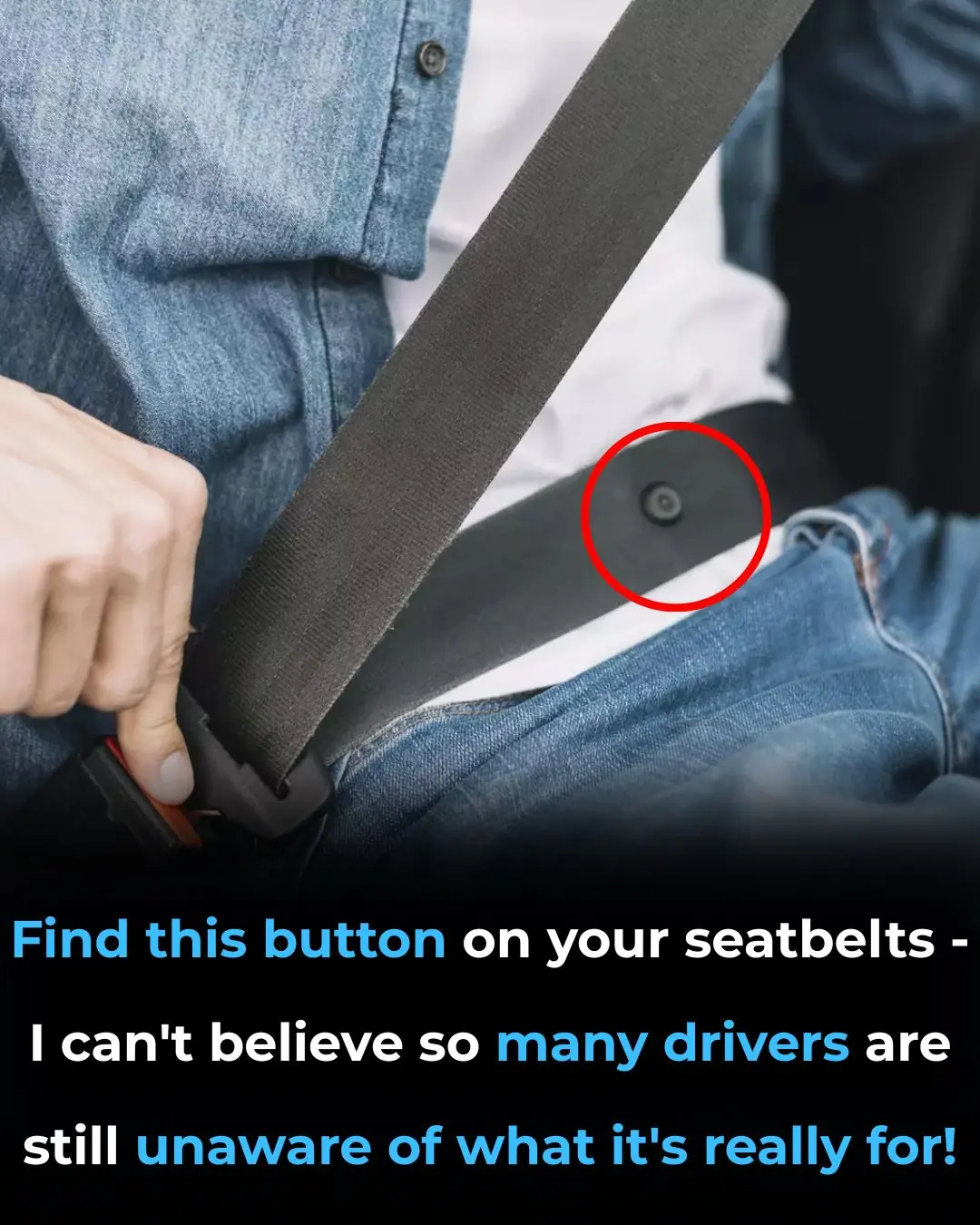
🔧 What the Little Button on Your Seat Belt Really Does – A Tiny Feature With a Big Purpose 🚗✨

The one thing 98.7% of people do to lower blood pressure without medication

Boil green bananas this way

Why Flight Attendants Often Carry a Banana on Board: The Surprising Benefits

Turmeric dosage: this is how much turmeric you actually need to eat for arthritis, cancer and other diseases

Don’t Toss Your Lemon Peels! 8 Smart Ways to Save Money and Make Life Easier

Why Sleeping in Socks Might Be the Secret to Better Sleep

The 1-cup bedtime drink that stops you from waking up at 3 AM
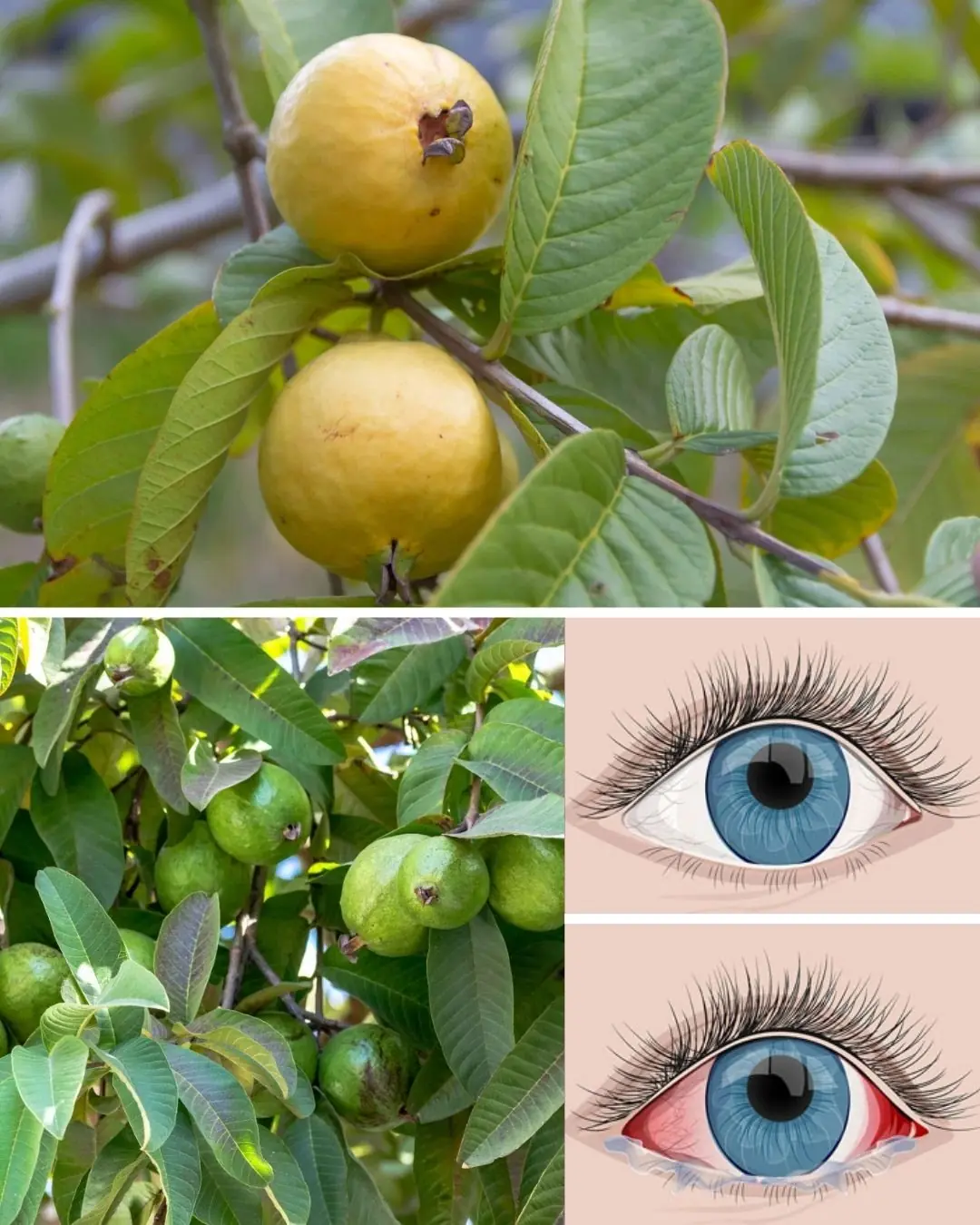
How to Use Guava to Care for Your Eyes: Natural Remedies That Surprise 🌿

The secret to making your own tomato sauce at home

Why Hot Dogs and Processed Meat Might Be the Most Dangerous Foods of All Time
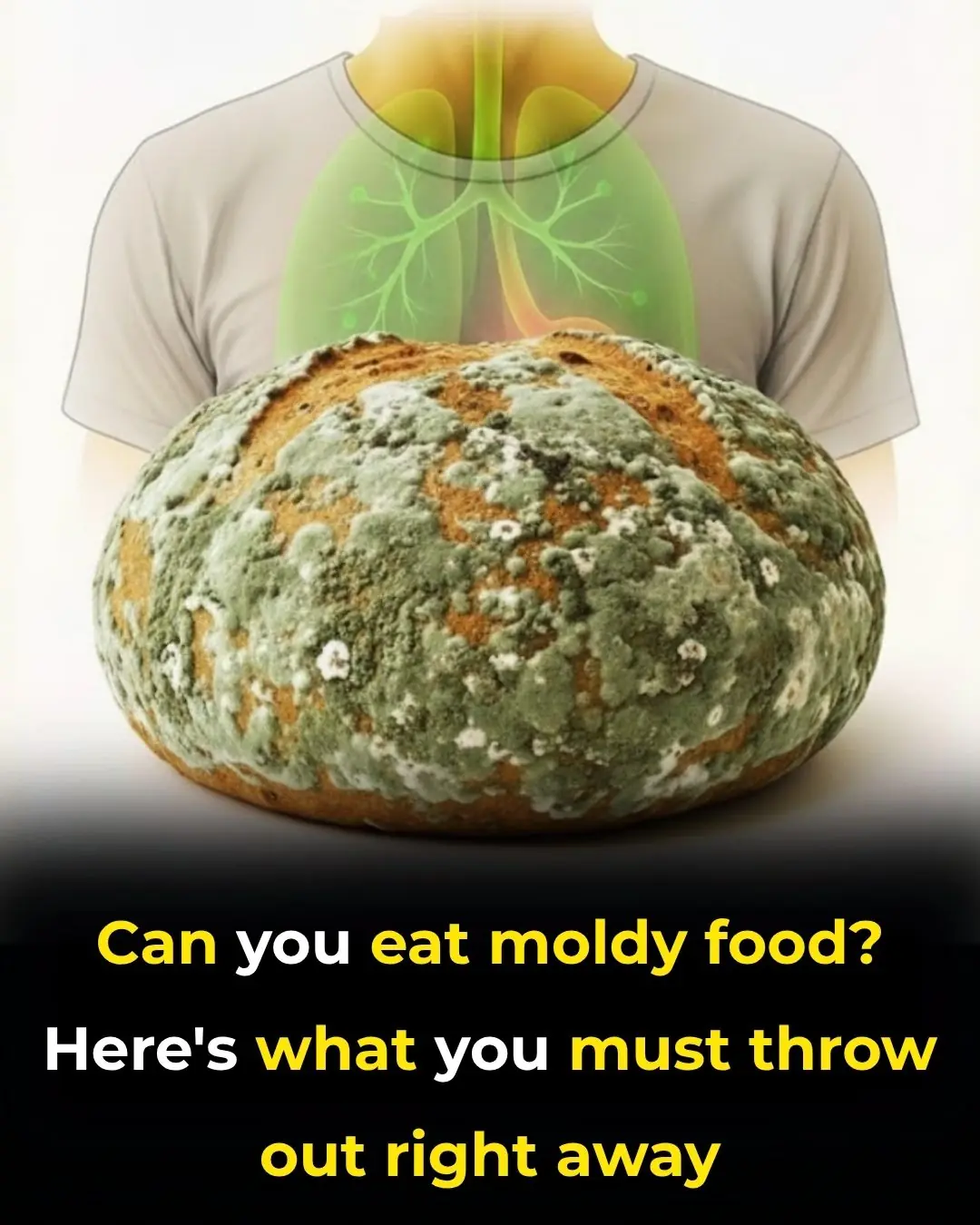
Can you eat moldy food? Here’s what you MUST throw out.

Cancer hates these 6 fruits—eat them to fight back!
